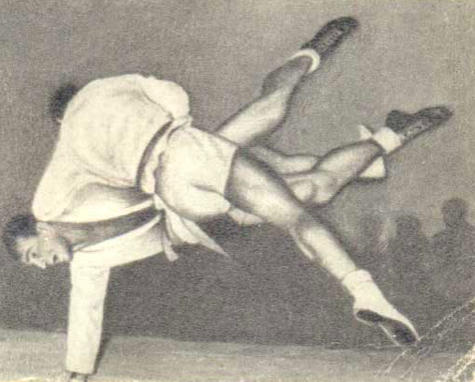
source: Wikipedia
Sambo is a self-defense method and martial art that emerged in the Soviet Union in the early 20th century. Originally developed to improve the hand-to-hand combat skills of the Red Army, Sambo is inspired by of many of the most effective techniques from martial arts around the world. Its name is a combination of the words Samozashchitya Bez Oruzhiya, which means “self-protection without weapons” in English.
Characteristics of Russian Sambo
- grappling influences from wrestling and judo techniques
- takedowns
- ground control
- submissions, particularly leg locks
- strikes are taught in some styles of Sambo, but they’re they’re no the primary focus

Types of Russian Sambo
- Combat Sambo: designed for the military and focuses weapons use, disarming opponents, striking, and grappling.
- Sport Sambo: most similar to catch wrestling and judo, focuses on takedowns, takedown defense, throws, ground work, and submissions. Chokes are not allowed.
- Self- Defense Sambo: includes self-defense techniques for situations involving both weapons and hand-to-hand combat. Many techniques involve using your opponent’s momentum and force against them, similar to Brazilian Jiu-Jitsu.
Russian Sambo Today
Sambo was first recognized as a style of international wrestling in 1968. While the sport has faced various bureaucratic issues and shifts in martial arts trends since then, it continues to be taught and contested both in Russia and internationally. Sambo has recently enjoyed a new wave of popularity thanks to the success of Sambo-trained MMA fighters like Fedor Emelianenko and Khabib Nurmagomedov. In December 2018, Sambo was granted provisional recognition by the Olympics.

Fedor Emelianenko Source: Wikipedia



















